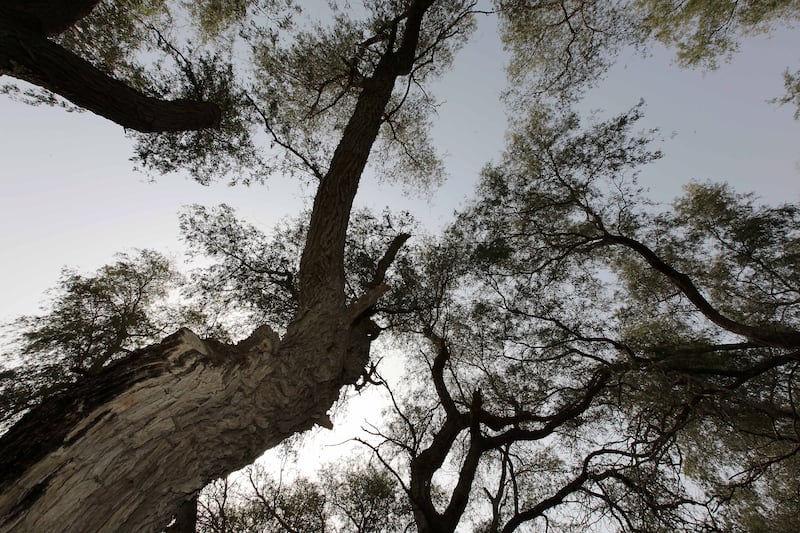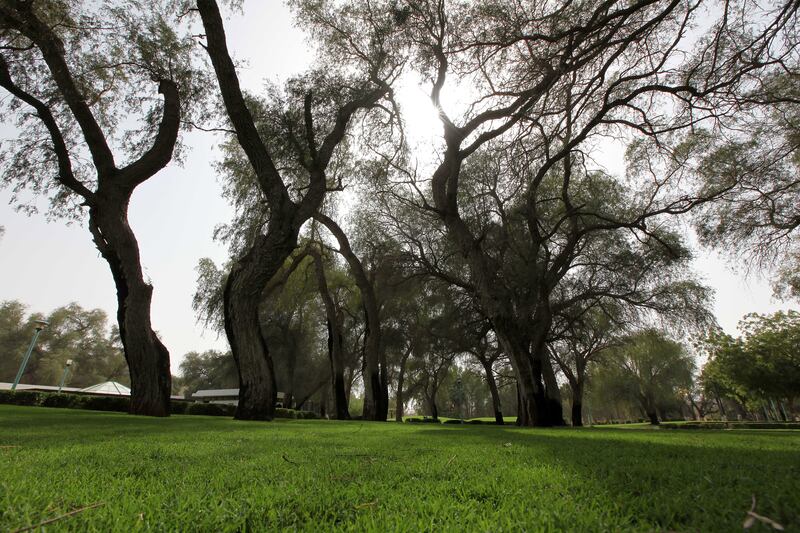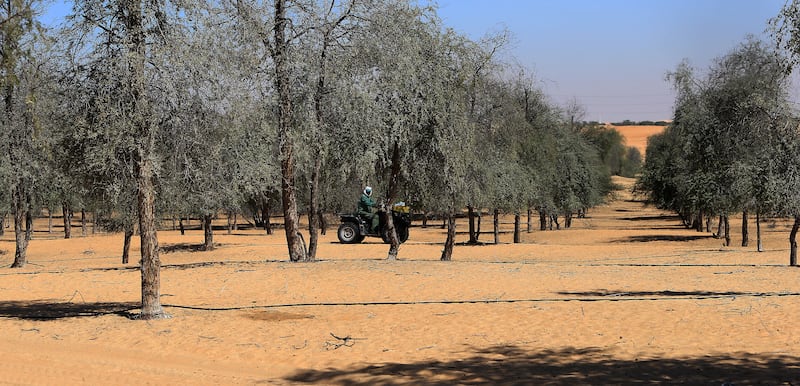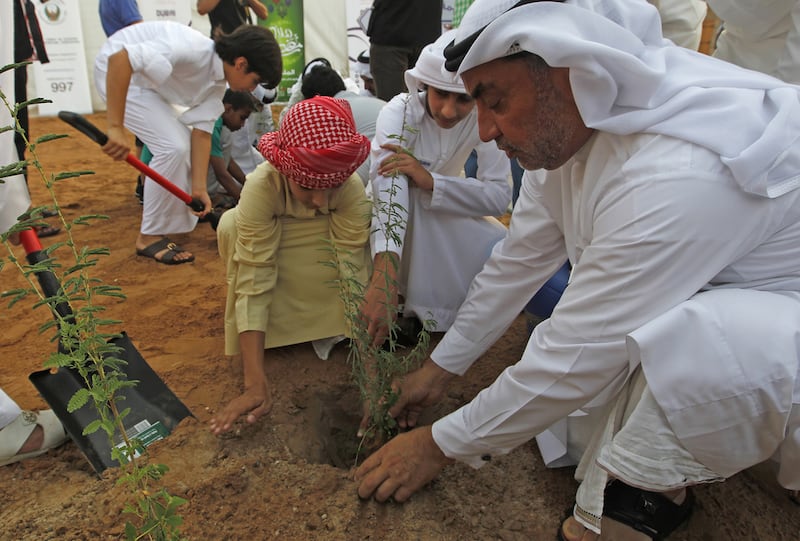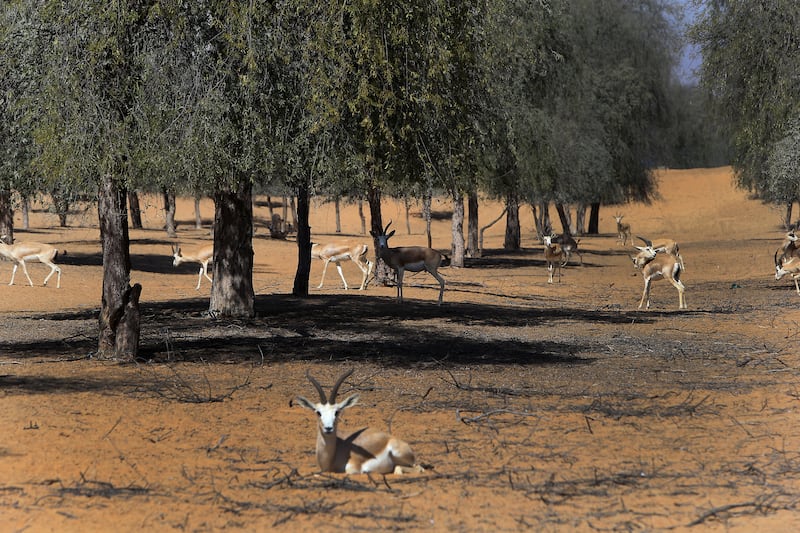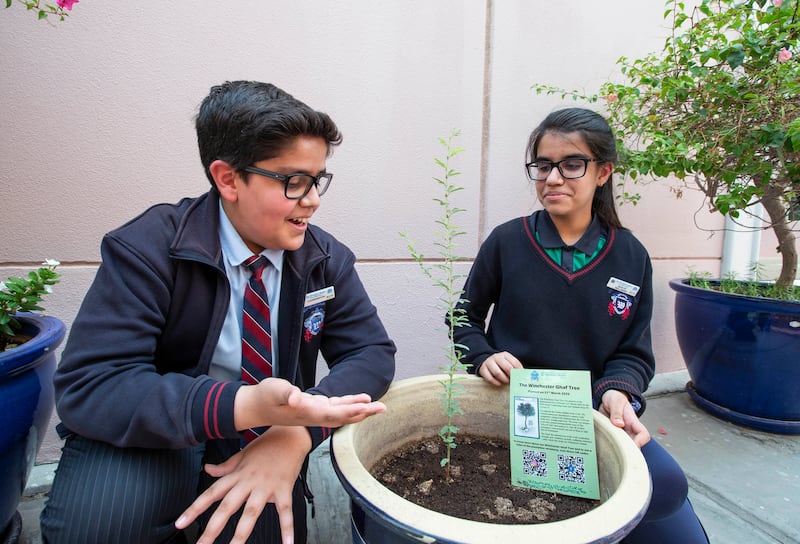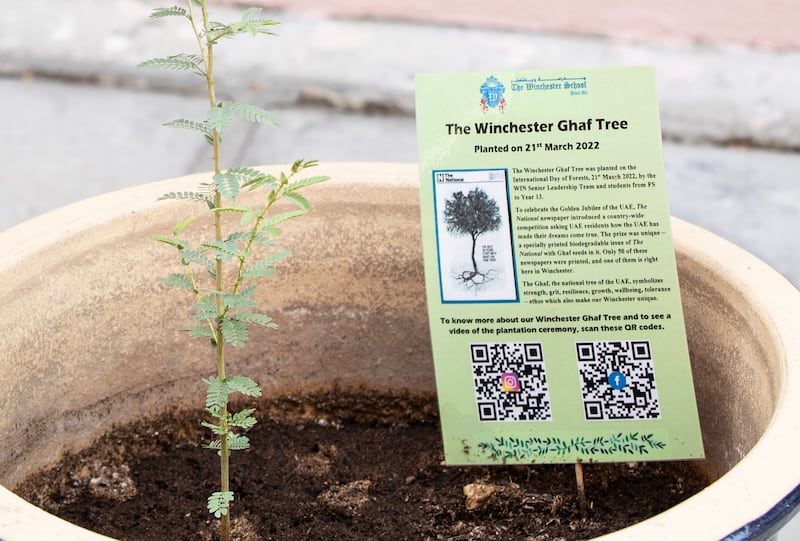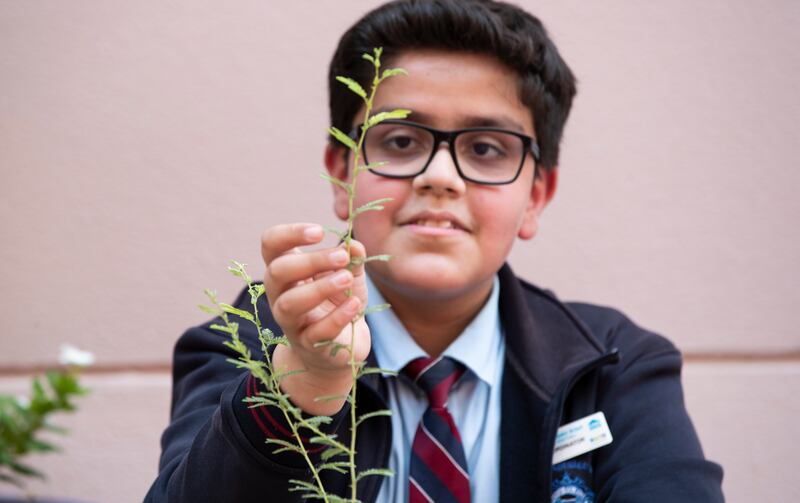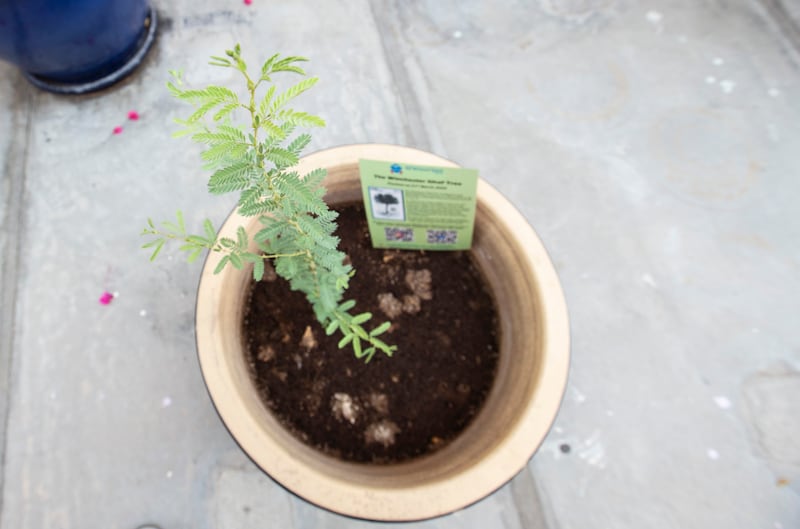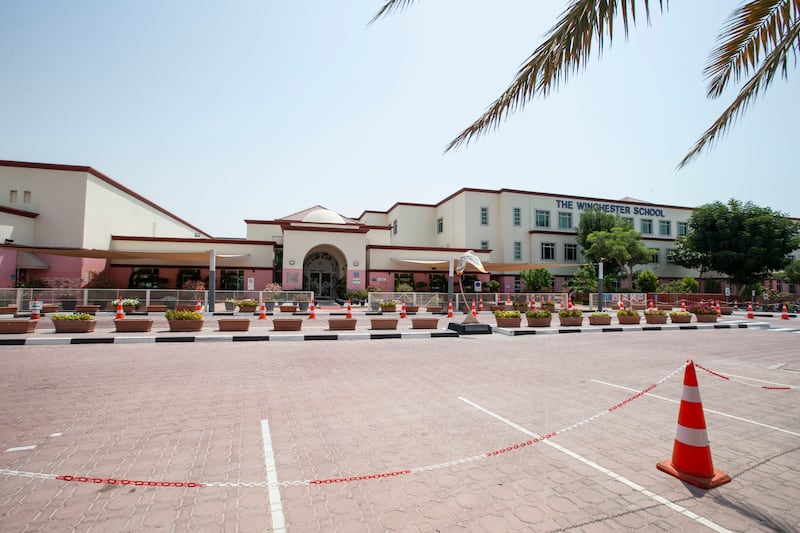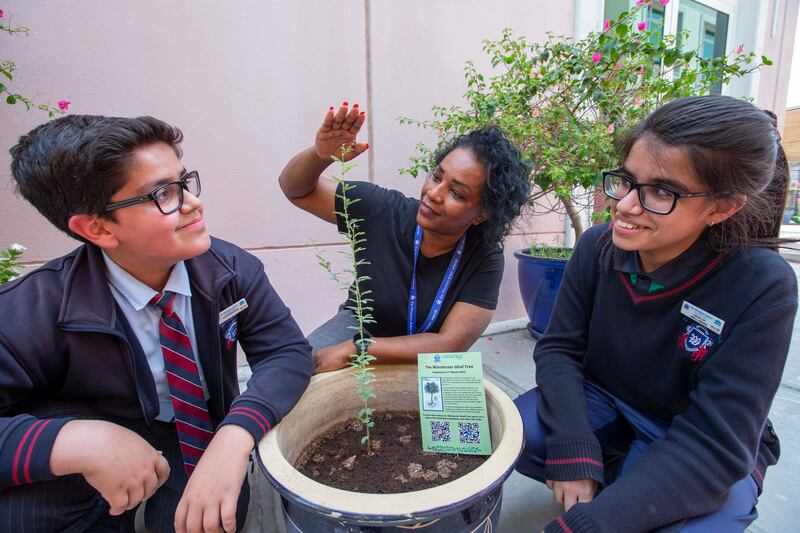As the world looks to reach net zero emissions, efforts to take carbon emissions out of the air could become increasingly important.
Planting trees is one strategy because, when plants create nutrients using energy from the sun, they breathe in carbon dioxide from the atmosphere and ultimately convert much of it into the solid form of their tissues.
A study from 2019 estimated that planting an additional half a trillion trees or more could cut by a quarter the amount of carbon dioxide in the atmosphere.
What is biochar and its benefits?
Potentially even more effective than simply creating forests is to harvest some of those trees and stabilise the carbon stored in wood by heating that wood in low oxygen conditions (a process called pyrolysis) to create a charcoal-like material, biochar.
This can be spread on soil and may remain stable for hundreds of years, decaying and releasing its carbon only very slowly. It can also enrich soil with nutrients and enhance other soil properties, such as water retention, potentially improving agricultural productivity and crop resilience to climate change.

Meanwhile, new trees can be planted, creating a steady stream of stored carbon. In this way, biochar production complements woodland creation by allowing woodlands to further contribute to carbon storage during felling cycles.
Some have said the process is similar to putting back into the Earth the coal that has for centuries been taken out and burnt.
"In terms of the scientific literature, there’s now a huge body of evidence which supports the potential uses of biochar, both as a greenhouse gas removal technology but also in terms of soil improvement," said Hamish Creber, co-founder and chief technology office of BlackBull Biochar, a company in the UK that aids companies to optimise biochar production, connects them to users and quantifies the carbon storage and agronomic benefits of the product.
"Biochar is a very easy greenhouse gas removal technology. It’s not like some other technologies, like direct air capture that are very costly: it’s very cheap; it’s easy to do; it doesn’t rely on very advanced technology."
As well as enriching the soil, an additional benefit comes from the excess heat from pyrolysis, which can be used for district heating or industrial processes.
And it’s not just wood, including offcuts unsuitable for other commercial uses, that can be used to produce biochar; other starting materials include straw or even dried slurry.
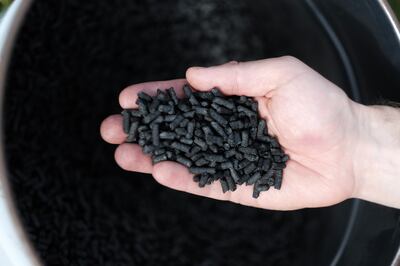
Ghaf tree as a source of biochar
Researchers in the UAE have recently explored the potential as a source of biochar of the ghaf tree, which is native to the Emirates and in 2008 was declared the national tree.
Famed for its ability to live in harsh conditions – the roots can stretch down tens of metres in search of water – the ghaf tree is found in the deserts of Arabia as well as on the Indian subcontinent.
Scientists from the College of Natural and Health Sciences at Zayed University in Abu Dhabi looked at biochar produced from the leaves, roots and branches of the tree.
They were interested in a second climate change benefit of the biochar: the extent to which the biochar adsorbs carbon dioxide, where adsorption is the way that substances hold molecules on their surface.
Published in the journal Energy Reports, their analysis found that some ghaf tree biochar was better at adsorbing CO2 than other types of biochar, such as that from rice husks, coconut shells, carrot peel or wheat flour.
"Compared with the previously obtained results of CO2 adsorption for other materials, ghaf biochar showed a significant superiority and higher efficiency," the researchers wrote.
"Biochar deserves more attention to investigate and discover its precious features, mainly low expense and natural availability."
Woody biochars typically produce stable biochars that are good for carbon storage, said Mr Creber, who is not linked to the recent study.
"Unprocessed woody feedstocks can [also] be very good at improving soil water properties, which I would expect in the UAE context would be important," he added.
However, the current use of biochar use is, he said, nothing compared to the scale that it could be, particularly in terms of greenhouse gas removal.
Partly this is down to technology, but Mr Creber said there were now more off-the-shelf pyrolysis units able to produce high-quality biochar, making the technique more commercially viable.
"Like all these emerging industries, it takes time before the manufacturers can step up production to meet the potential demand, so the cost of those units is still relatively high," he said.
"It’s almost a chicken-and-egg problem, but it is starting to change."
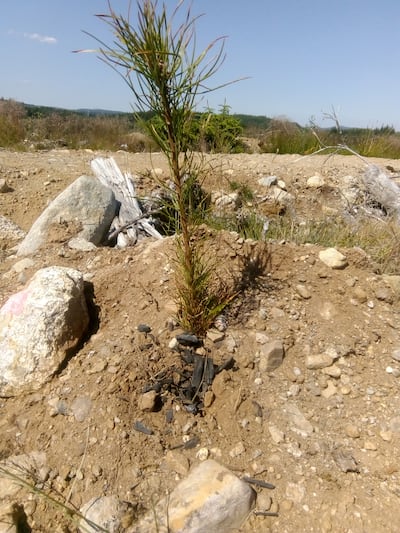
Biochar production has been criticised because of concerns that crops or trees could be grown in areas that could otherwise produce food, potentially expanding the amount of cultivated land at the expense of natural habitats.
Mr Creber said it was important for biochar feedstock (the material used to produce biochar) to come from sustainable sources, and certification schemes can mitigate potential risks. Often the forests that may be used to produce biochar are located on marginal land not suitable for growing crops.
"Once forests are mature, they don’t perpetually increase their carbon. They will increase their carbon very slowly in the soil," Mr Creber said.
"By felling and then replanting, we can keep the forest as a whole having a high level of carbon storage and also produce timber.
"Some of it will be mature trees, some of it will be young trees, and we can take the carbon that we’ve removed, stabilise it through biochar and add it to the soil again, which will increase the potential of that land to store carbon."
So, as the climate warms, biochar production from forests – perhaps even forests of ghaf trees – may be one way to limit CO2 levels.
